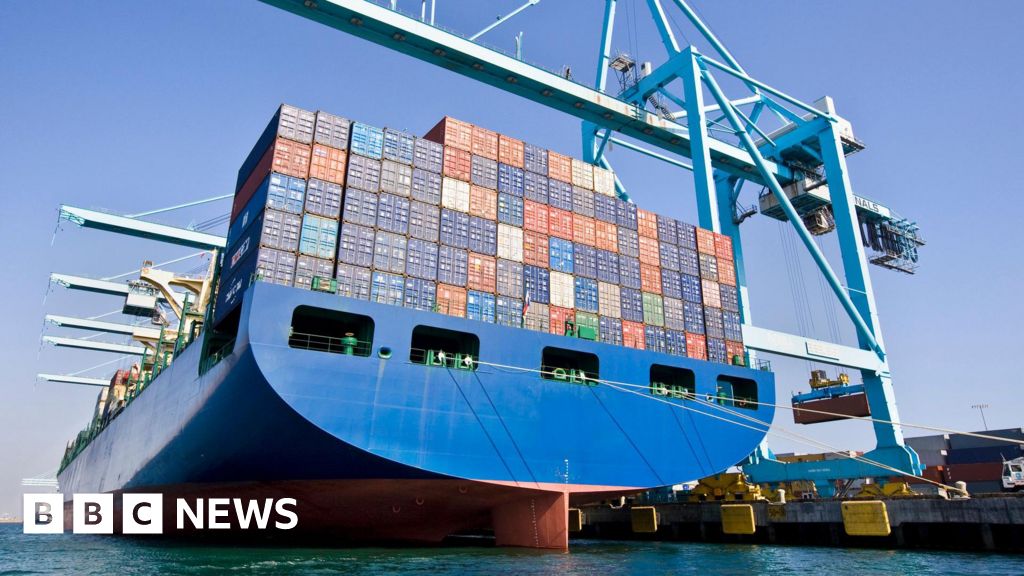Are the negotiations aimed at a win-win outcome or a win-lose outcome? Only time will tell. 

The potential long-term effects of the 2025 US-China tariff reduction agreement on their trade relationship include both opportunities and challenges:
Easing of Trade Tensions and Market Confidence: The agreement to slash tariffs temporarily (U.S. tariffs from 145% to 30%, China’s from 125% to 10%) has already eased tensions and boosted global stock markets, signaling improved investor confidence and a pause in the trade war that disrupted nearly $600 billion in bilateral trade157.
Foundation for Further Negotiations: The 90-day tariff pause creates a window for both countries to negotiate a more comprehensive trade deal, potentially addressing structural issues such as
the U.S. trade deficit and market access barriers. This framework may facilitate ongoing dialogue and cooperation, which is critical for a sustainable economic partnership69.
Uncertainty and Temporary Nature: Despite the positive step, experts caution that
the agreement is a temporary "cooling off" rather than a final resolution. The deal lacks formal codification into treaties or laws, which raises concerns about its durability and the possibility of abrupt policy reversals. Tariffs on other goods and sectors remain elevated, and key issues like
rare earth export controls and fentanyl-related tariffs are unresolved46.
Shift Toward Bilateralism and Complexity in Global Trade: The deal reflects a broader trend toward bilaterally managed trade agreements
based on reciprocity rather than multilateral WTO frameworks. This shift may increase unpredictability and complexity in global trade, potentially reducing overall trade volumes and affecting global growth prospects if broader adjustments do not compensate4.
Impact on U.S. Economic Growth and Manufacturing: While the tariff reductions may lower costs for U.S. businesses and consumers,
there is skepticism about whether the agreement will significantly reduce the U.S. trade deficit or revitalize manufacturing without deeper structural changes. Some analysts view the tariff rollback as a strategic U.S. retreat rather than a Chinese concession12.
Continued Strategic Competition: The agreement does not resolve underlying geopolitical and economic competition, including technology access, supply chain security, and strategic materials.
Both sides are likely to continue balancing cooperation with competition in their broader relationship68.
In summary, the agreement offers a valuable pause and a platform for further negotiation, but its long-term impact depends on whether it leads to durable structural reforms and a more stable bilateral trade framework. Without such progress, the relationship may remain characterized by episodic tensions and uncertainty146.
sources:
1.
https://www.reuters.com/world/china/us-china-reach-deal-slash-tariffs-officials-say-2025-05-12/
2.
https://www.reuters.com/world/china/view-investor-reaction-us-china-progress-trade-talks-2025-05-11/
3.
https://www.cnn.com/politics/live-news/us-china-tariffs-trade-talks-trump-05-12-25
4.
Experts react: The US and China just agreed to dramatically reduce tariffs on each other, for now. What’s next?
5.
U.S. and China to ease tariffs significantly for 90 days, White House announces
6.
What's in the US-China trade framework?
7.
https://www.wsj.com/economy/trade/s...-gives-global-economy-a-big-reprieve-b486da7b
8.
The Contentious U.S.-China Trade Relationship
9.
Joint Statement on U.S.-China Economic and Trade Meeting in Geneva



